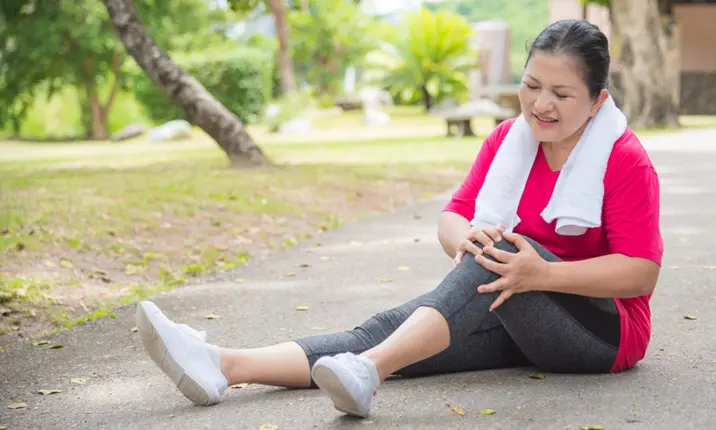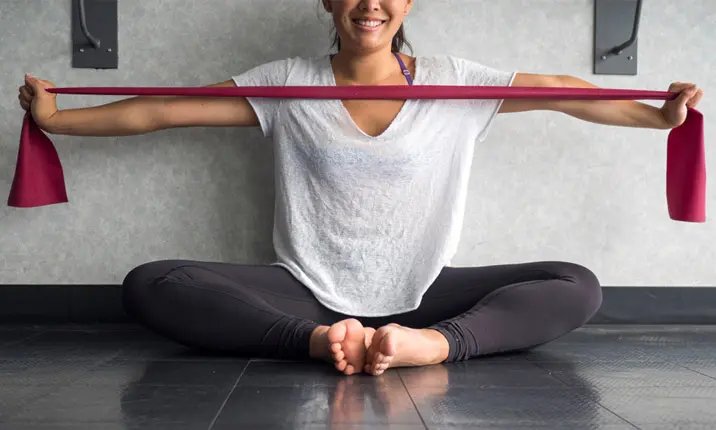Generally, most of us don’t exercise enough as we reach middle age, let alone too much.
Exercise helps strengthen our bones and muscles, improve our heart function and blood circulation, lower our blood sugar levels and increase our mental positivity.
The idea that too much exercise may be "bad" for us stems from the development of overuse injuries when we keep repeating certain exercises. This is when our bones, joints or tendons become damaged due to repetitive impact or strain. Unlike acute injuries such as ankle sprains or shoulder dislocations, overuse injuries are more subtle and usually occur over time.
The most common overuse injury to our bones is stress fractures due to repetitive impact, such as repeatedly jumping up and down or running long distances. Stress fractures are most common in the weight-bearing bones of the lower leg and foot. Over time, the affected bone may develop a hairline crack which can bring forth a dull ache or pain down the front of the shin. At first, you might barely notice the pain associated with a stress fracture, but it tends to worsen with time.
Our bones remodel according to the forces (or "stress") applied and if it was too strong or applied too quickly, the bone can fail. The best way to deal with stress fractures is for you to rest, take anti-inflammatory medication, and ice your injury. Once the pain resolves, you can gradually reintroduce the activity back into your workout routine, before slowly increasing the intensity.
Stress fractures can also occur in our hip, feet and spine. Depending on the type of sports you frequently engage in, you should ensure you have the right footwear with adequate support and correctly sized equipment (such as a bike fitting) to avoid injury. You should also ensure that you are practising the correct techniques, and with the proper postures. Get a coach to help you if necessary.
Overuse injuries occur commonly in our muscles or tendons. Generally, this involves the development of micro tears in our muscles or tendons, which we describe as a strain or partial tear. These micro tears can cause pain, swelling and inflammation. If you experience a strained muscle or tendon, stop the activity, rest, and ice the injured area immediately. Healing typically takes between 6 – 8 weeks.
As the most common underlying cause of such micro tears is muscle or tendon tightness, consider supervised stretching with a physiotherapist. Once the pain resolves and you can stretch comfortably, undertake muscle conditioning with gradual strengthening, such as starting with the use of an elastic band (TheraBand). You can then follow up with rehabilitation phases of pre-jumping, jumping, and jogging.
As we get older, our risk of getting overuse injuries increases, and they can take longer to heal completely. It is therefore important to prevent exercise-related injuries in the first place by ensuring we exercise with proper techniques and well-fitting equipment. Remember to stretch daily, warm up before and cool down after the activity. Incorporate muscle conditioning and strength training into your routine. Stay hydrated and eat a balanced diet.
More importantly, avoid too much exercise too quickly. Listen to your body and give it enough time to adapt and recover before upping your workout intensity. See a doctor if you feel persistent pain or swelling despite resting for 1 – 2 days.














